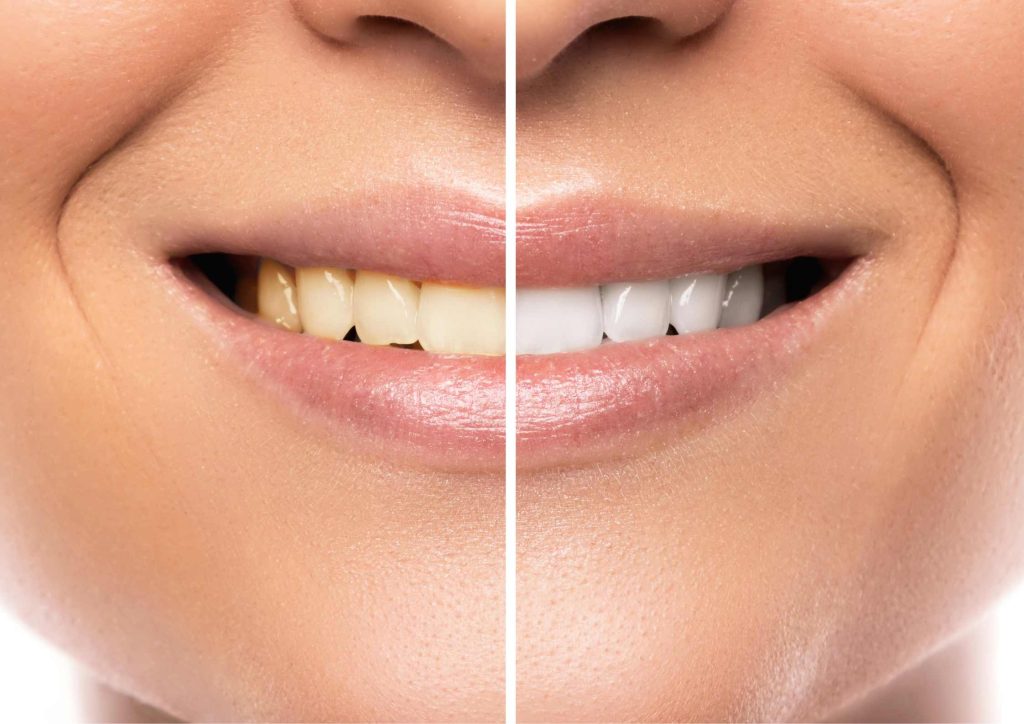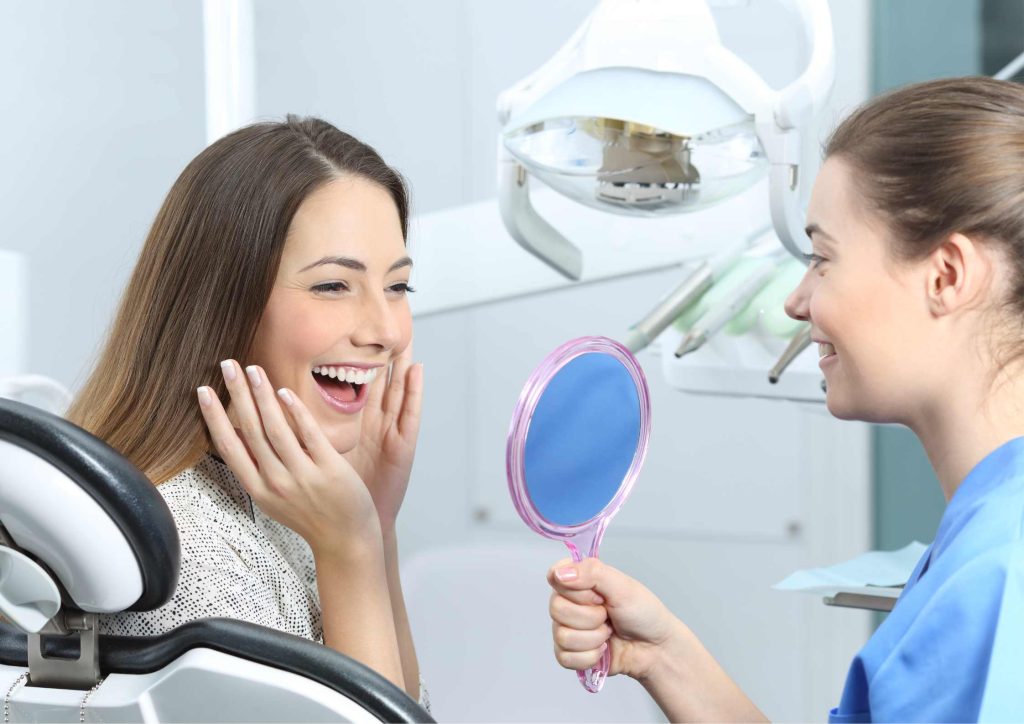Teeth are a vital part of our smile, and their color can significantly impact our self-confidence. Have you ever wondered if teeth are naturally yellow? Do you find yourself concerned about the appearance of your teeth and wish to enhance their brightness? In this article, we will explore the fascinating world of teeth color, what causes yellow teeth, and the safe and effective options available for teeth whitening.
The Composition of Teeth
Teeth are more than just what you see on the surface. They consist of three crucial layers that play a significant role in determining their color:
- Enamel: The hard, outermost layer of teeth, which serves as a protective shield in a battle with decay and damage. Its color is usually a shade of white.
- Dentin: The softer, yellowish layer beneath the enamel, which supports it and contains nerves and blood vessels.
- Pulp: The innermost layer, which houses the tooth’s nerve and blood supply. The color of teeth is primarily influenced by the enamel and dentin:
- Enamel: This whitish layer reflects light and contributes to the overall appearance of teeth. It acts as a protective barrier, but it’s also translucent, allowing the color of the dentin beneath to show through.
- Dentin: The natural color of dentin is yellowish, and it varies from person to person due to genetics. The thickness and translucency of the enamel can influence how much dentin is visible, affecting the perceived color of the teeth.

Genetics plays a profound role in determining the color of your teeth. Some individuals naturally have brighter teeth due to thicker enamel, while others might have teeth that appear more yellowish due to thinner enamel or more visible dentin.
The Causes of Yellow Teeth
Yellow teeth can result from both intrinsic and extrinsic staining, each with its own set of causes.
Intrinsic Staining
Intrinsic staining occurs when the dentin or pulp inside the tooth changes color. Several factors can lead to intrinsic staining, including:
- Aging: As we age, the enamel on our teeth naturally wears down, revealing more of the yellowish dentin underneath.
- Trauma: Dental injuries or accidents can cause internal bleeding, leading to discoloration.
- Medication: Some medications, such as tetracycline antibiotics, can cause intrinsic staining if taken during tooth development.
- Infection or Disease: Certain infections or diseases can affect the color of the dentin or pulp within the tooth.
Extrinsic Staining
Extrinsic staining occurs when the enamel accumulates stains from external sources. Common sources of extrinsic stains include:
- Food and Drinks: Coffee, tea, red wine, soda, berries, curry, and other intensely colored foods and beverages can leave stains on teeth.
- Tobacco: Smoking or chewing tobacco will ultimately lead to stubborn stains on teeth.
- Poor Oral Hygiene: Neglecting regular brushing and flossing allows plaque and tartar to build up, leading to discoloration.
The Role of Diet and Nutrition in Teeth Color
A balanced diet and proper nutrition play a role in preventing teeth discoloration. Foods rich in calcium, vitamin D, and phosphates help strengthen teeth, while crunchy fruits and vegetables like apples and carrots can help eliminate surface stains.
On the other hand, a diet high in sugary or acidic foods can contribute to enamel erosion and tooth decay, which can affect the color and health of teeth.
Effective and Safe Teeth Whitening Options
Now that we understand the factors influencing teeth color, let’s explore some safe and effective teeth whitening options:
- Professional Dental Whitening: Visit your dentist for a professional teeth whitening procedure. Dentists use safe and potent bleaching agents to whiten teeth and can tailor the treatment to your specific needs.
- At-Home Whitening Kits: Over-the-counter whitening kits can be an option, but it’s essential to choose reputable brands and follow the instructions carefully to avoid potential issues like tooth sensitivity.
- Natural Remedies: Some natural remedies, like baking soda and hydrogen peroxide, may help remove surface stains. However, they may not be as effective as professional treatments and should be used with caution.
- Maintain Good Oral Hygiene: Regularly brushing, flossing, and visiting your dentist for cleanings can help prevent and reduce yellowing.
Having whiter teeth can significantly boost confidence, improve appearance, and enhance oral health. However, it’s essential to consider the limitations and risks of different whitening methods.
Limitations of Home Remedies and Over-the-Counter Products
While home remedies and over-the-counter products may provide some improvement in teeth color, they have certain limitations:
- Effectiveness: They may not work well for intrinsic stains or severe discoloration.
- Longevity: Results may last only a short time and require frequent application.
- Evenness: The whitening effect may not be evenly distributed across all teeth.
- Sensitivity and Damage: Some DIY methods can cause tooth sensitivity or even damage the enamel or gums.
Advantages of Professional Whitening Treatments
Professional teeth whitening treatments performed by a board-certified dentist offer several advantages:
- Effectiveness: Professional treatments are more potent and can achieve better and more lasting results.
- Customization: The dentist can tailor the treatment to suit your specific needs and address any unique dental concerns.
- Safety and Supervision: Professional treatments are performed under the supervision of a qualified dentist, reducing the risk of complications.
Common Professional Whitening Procedures
Some standard professional whitening procedures include in-office bleaching, take-home bleaching kits, veneers, crowns, and bonding. The specific procedure used depends on the patient’s needs and desired outcomes.
Cost and Duration of Whitening Treatments
The cost and duration of whitening treatments can vary depending on the type of procedure chosen and the individual case. In-office treatments tend to be more expensive but provide faster and more dramatic results, while take-home kits are generally more affordable but require more time to achieve noticeable improvements.
Myths and Misconceptions about Yellow Teeth and Whitening Methods
There are several myths and misconceptions surrounding yellow teeth and teeth whitening methods, such as:
- All teeth whitening methods are equally effective: In reality, professional treatments are more potent and deliver better results than home remedies or over-the-counter products.
- Whitening damages teeth: When done correctly and under professional supervision, teeth whitening is a safe and non-damaging procedure.
- Whitening is permanent: Whitening treatments can provide long-lasting results, but maintaining good oral hygiene and avoiding stain-causing habits is essential for preserving whiteness.
In conclusion, understanding the causes of yellow teeth and the available teeth whitening options is crucial for achieving a bright and confident smile.
While home remedies and over-the-counter products may offer some improvement, professional whitening treatments by a certified dentist provide more effective, safe, and long-lasting results.
Conclusion
In conclusion, the color of our teeth is influenced by the natural yellowish dentin beneath the protective enamel. Yellow teeth can result from intrinsic factors like aging, medication, trauma, or disease, as well as extrinsic factors like food, drinks, tobacco, and poor oral hygiene. However, there are effective ways to whiten teeth safely and professionally.

For expert dental care and professional teeth whitening services, schedule an appointment with us today by visiting our website or calling us at 586 775 4260.
Together, we can transform your smile and boost your confidence with a radiant, white set of teeth. Don’t wait; take the first step towards a brighter smile today!

